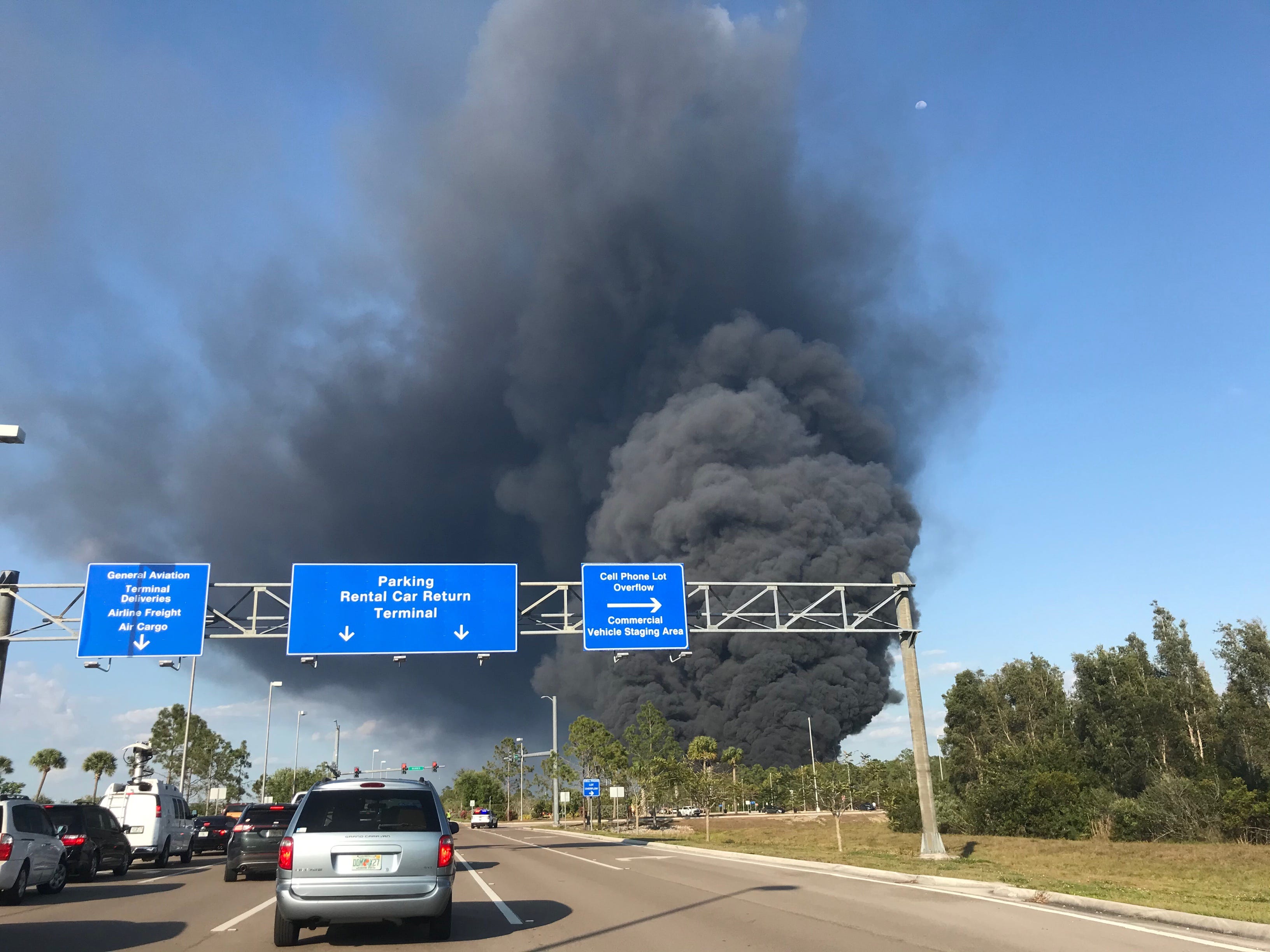
The fort was named for Brevet Colonel Abraham Charles Myers, quartermaster for the Army's Department of Florida and future son-in-law of Major Twiggs. Twiggs, then stationed at Fort Brooke (present day-Tampa), gave orders for two companies of artillery to "select a suitable place for the establishment of a post and immediately throw up such light works as may secure stores, and remove from the Indians any temptation to which isolated position may give rise." The new Fort Myers was built on the burned ruins of Fort Harvie. After a white trader was killed by Seminoles on the Peace River in 1849, the Army returned to the Caloosahatchee River in 1850. Fort Harvie was abandoned in 1842, as the Second Seminole War wound down. When a hurricane destroyed Fort Dulany in October 1841, army operations were moved up the Caloosahatchee River to a site named Fort Harvie. Army operated Fort Dulany at Punta Rassa, at the mouth of the Caloosahatchee River. ĭuring the Second Seminole War, between 18, the U.S.

The fort in turn took its name from Colonel Abraham Myers in 1850 Myers served in the United States Army, mostly the Quartermaster Department, in various posts from 1833-1861 and was the quartermaster general of the Confederate States Army from 1861–1864. The city takes it name from a local former fort that was built during the Seminole Wars. The winter estates of Thomas Edison ("Seminole Lodge") and Henry Ford ("The Mangoes") are major attractions. Together with the larger and more residential Cape Coral, it anchors a metropolitan statistical area (MSA) which comprises Lee County and has a population of 770,577 in 2019.įort Myers is a gateway to the Southwest Florida region and a major tourist destination within Florida. Census, the population was 62,298 and in 2020 was 86,395. Myers) is a city in and the county seat and commercial center of Lee County, Florida, United States.


 0 kommentar(er)
0 kommentar(er)
